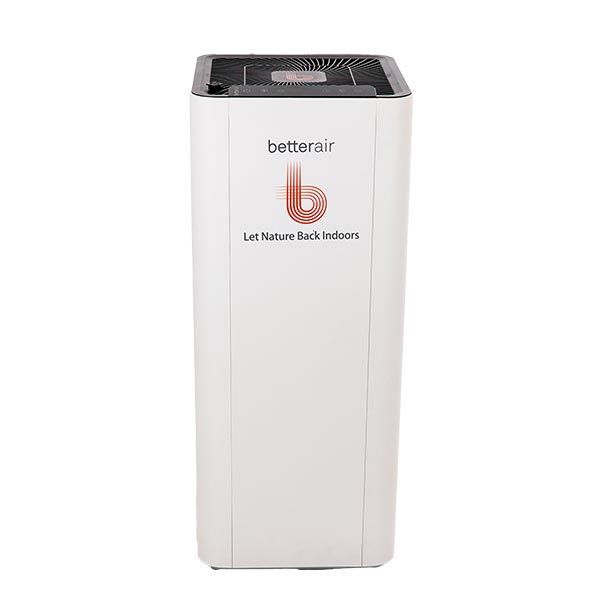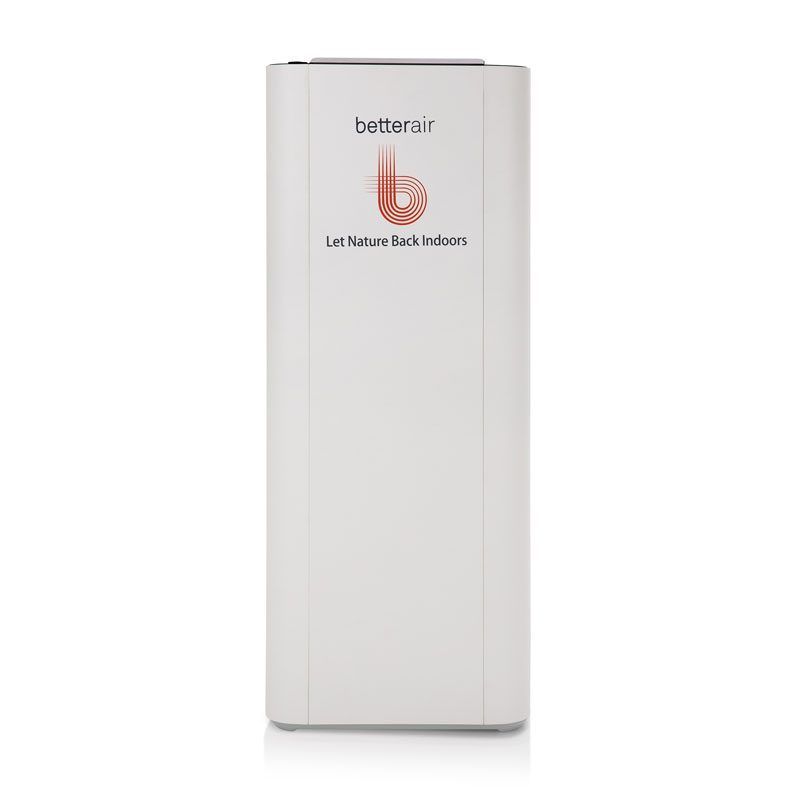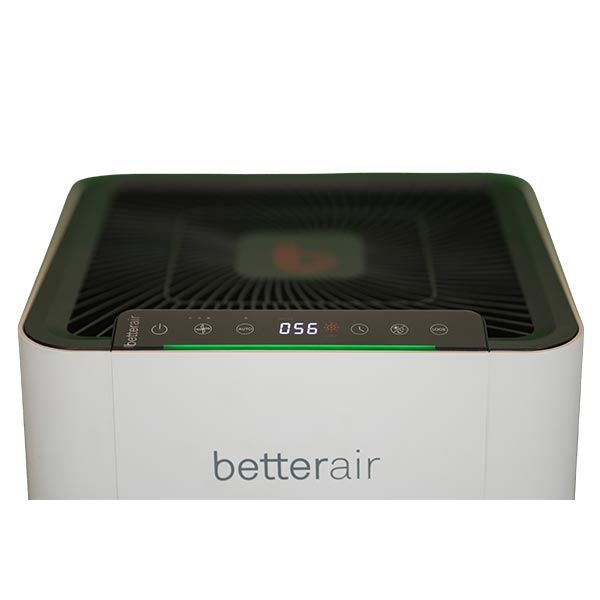Air Purification
Air Purification Products in Brentwood, Columbia, Franklin & Nashville, TN
Indoor Air Quality
POOR INDOOR AIR QUALITY CAN THREATEN YOUR HEALTH
Most people spend over 90% of their time indoors, not knowing that the air they are breathing may be more polluted than the air outside. The Environmental Protection Agency has reported that indoor air pollution levels can be 100 times higher than the air outdoors.
Breathing contaminated air puts the health of you and your family at risk. In fact, the American College of Allergist says that 50% of illnesses are caused or aggravated by polluted indoor air. So take control of your indoor air quality by reducing pollutants that can contribute to headache, lung irritation and fatigue as well as more long-term conditions such as asthma, allergies and infectious diseases.
INDOOR AIR QUALITY FACTS
- People spend 75-90% of their time indoors
- Exposure to airborne contamination is considerable.
- 50% of all major office buildings have contaminated heating, ventilation and air conditioning systems (HVAC). If not properly maintained, they are a hotbed for growth of molds and bacteria.
- Each person inhales over 3,500 gallons of air each day. Children inhale more particles for their size then adolescents or adults.
- Polluted air causes 94% of all respiratory problems.
- More than 31 million Americans have been diagnosed with asthma, about 1/3 are children under 18.
- About 40,000 dust mites, a common household allergen, can live in one ounce of dust.
- An estimated 10-15% of the entire population may be allergic to cat or dog dander.
- A person sheds up to 700,000 skin flakes per day.
BA - 2080 Purifier
PRODUCT DESCRIPTION
Introducing the powerful BA2080 purifier. Combines probiotic cleaning and advanced HEPA air filter technology to cleanse large indoor spaces of 1200-2400 sq. ft; Ideal for large living spaces, homes, offices, schools, and more.
SPECIFICATIONS
- Dimensions (HxWxDmm) 310 x 310 x 761.5 (12.20 x 12.20 x 29.98 Inch)
- Weight 11 Kg (24.25 lbs)
- Power supply requirements: 230~240Vac/50~60Hz
- Large indoor spaces of 1200-2400 sq. ft
Indoor Air Pollutants
There are 3 types of indoor air pollutants - Particulates, Microbials and Gases. Therefore, in order to make an apples-to-apples comparison, we must compare what each type of indoor air quality product is attempting to do. There is an industry rule of thumb:
"If it is alive you have to kill it."
"If it is dead you have to trap it."





